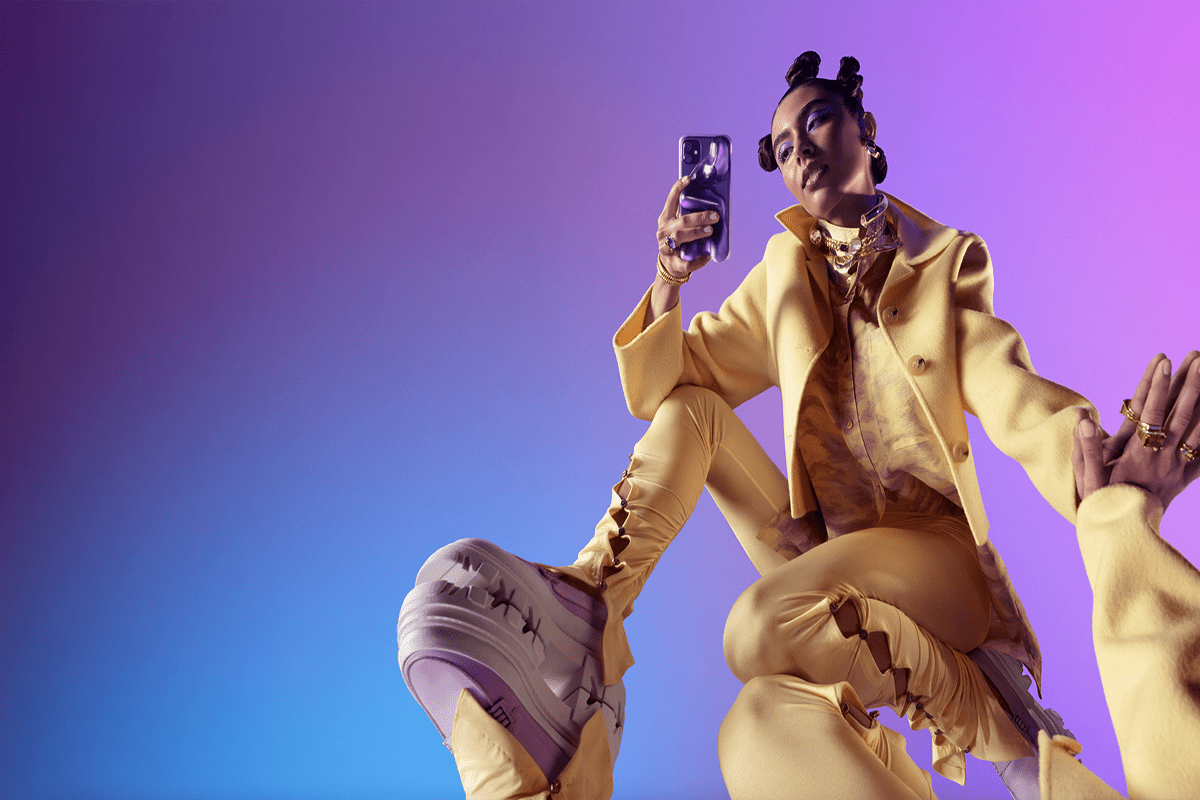Inditex’s results are good news for the fashion industry. The retail group has seen sales and revenues surge in the first quarter of 2022, with the full reopening of stores across Europe driving growth.
However, what is interesting is that while the shoppers have returned to the stores in even greater numbers than pre-pandemic levels suggest, the impact on online has been minimal. Dropping just 6% compared to the same quarter last year, Inditex is confident that the 67% growth in ecommerce across lockdown has largely been maintained.
This shows just how fashion has become a truly leading omnichannel sector in retail. While many wrote of fashion ecommerce a decade ago, suggesting that shoppers want to look, feel and try on clothes, the reverse seems to be true. The ability to sate the lust for new clothes instantly through online shopping has grabbed the imagination of many.
As discussed this week in our webinar Has fast fashion slowed down, online and mobile play perhaps an even more significant role in fashion retail than the headline figures suggest. While we can see from Inditex that online sales have dropped 6%, it says nothing of how pivotal to the whole shopping journey digital has become.
The RetailX EMEA Fast Fashion Sector Report 2022, delves deeper into this and reveals that while online’s share of fashion sales may only be around 25%, it actually has a much larger impact on how people discover and get inspired in their fashion choices.
Social media on mobile is driving the move, with many shoppers seeing what they might like on Twitter, TikTok and Instagram, checking it out on the brand or retailer website and then heading to a store to actually try it on and buy it. Others, who often buy multiple sizes and colours online after a similar social media-led process, then take what they don’t want back to the store (now that they are open) and either exchange or buy something new.
This new hybrid shopping paradigm is at play across retail, but currently fashion is reaping the rewards.
Not to be outdone, however, Amazon is upping the ante with online fashion, launching its Luxury Stores at Amazon concept in Europe. The successful US roll out in 2020 has seen Amazon allow luxury brands to effectively use Amazon’s platform as an ecommerce arm to their own businesses and in doing so has added considerable credence to Amazon being a fashion player.
The marketplace has long sold clothes and has most big-name fashion brands on its site, however for many dedicated followers of fashion it has always been seen as a place to cheap and cheerful Amazon own-brand versions of fairly utilitarian clothing.
The move into creating a separate luxury fashion store – with better UX through an interface more in keeping with a fashion site than a utilitarian goods marketplace – sees Amazon mark a line in the ecommerce sand that it is going to be a key fashion player. Getting a raft of luxury brands on board to demonstrate that they have control of inventory, price and selection will only act as a big incentive for mainstream fashion and sports apparel brands to rethink how they use the site.
The big question is will Amazon’s proper entry into fashion impact the swing towards hybrid fashion retailing that Inditex is currently enjoying, or will it see Amazon do what it has in grocery and extend its online services into physical world and become a hybrid fashion retailer?









